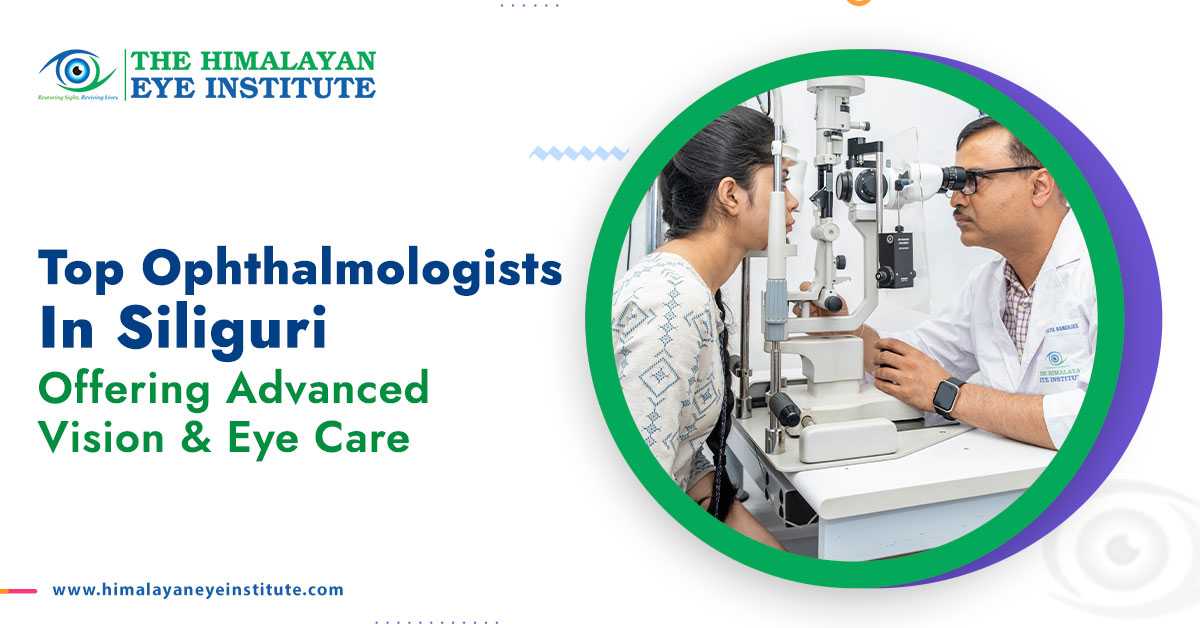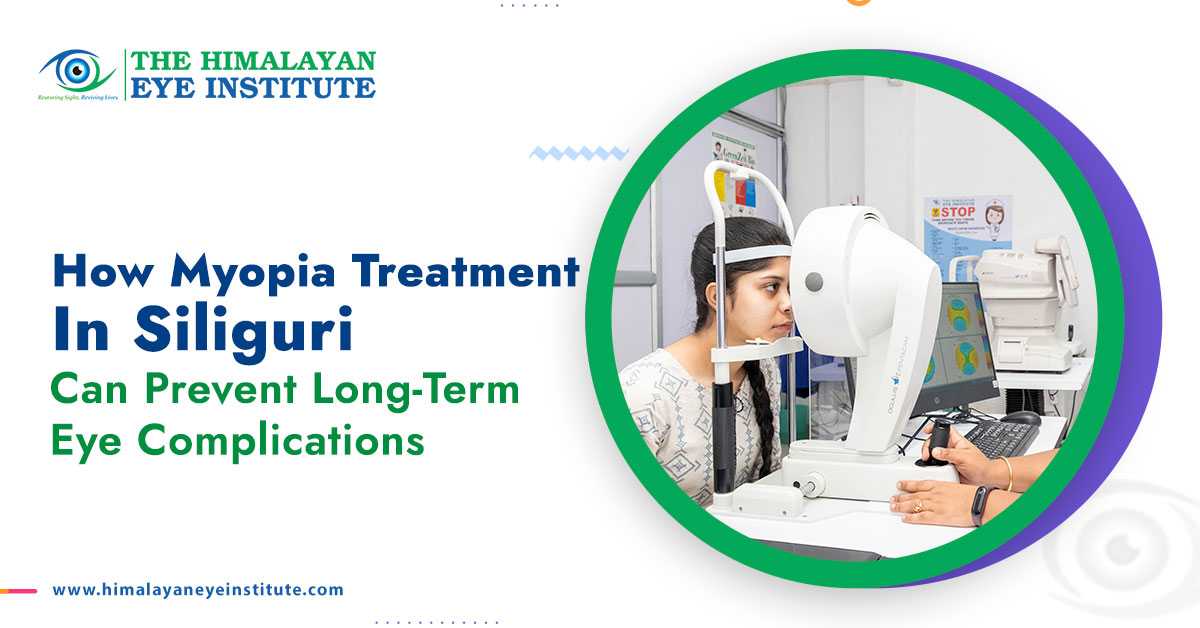When kids have myopia, it means it affects their distance vision. Here, nearby items are visible to your kid, while far-off objects, such as traffic signs, are difficult to notice for your kid.
The cornea, the transparent window at the front of the eye, is excessively sharply curved, or the eye is longer than usual from front to back, in those who have myopia.For optimum myopia treatment Siliguri, visit the leading eye hospital in town.
According to studies, kids who spend more time indoors engaging in near-focused activities (including reading, playing video games, and using computers) are more likely to develop myopia. However, there needs to be more studies to establish the link.
Myopia management is a proactive strategy for controlling and delaying the growth of myopia in children. Protecting your kid's long-term eyesight in this situation requires an understanding of the importance of pediatric eye care and timely diagnosis.
Why Early Diagnosis of Myopia in Kids is Important
The development of a child's eyes depends heavily on their early years. Interpersonal difficulties, academic difficulties, and even long-term eye health problems like the following can result from untreated or unrecognized myopia:
- Retinal Detachment
- Glaucoma
- Cataracts
- Myopic Maculopathy
The sooner myopia is diagnosed, the more likely it is that its progress can be slowed with specific therapies and lifestyle modifications. Beginning in infancy, routine eye exams are essential for early diagnosis and successful treatment for myopia. Consult one of the best myopia treatment doctors in Siliguri City.
Myopia Control in Kids: Key Insights
Myopia describes a range of ways and therapies intended to reduce the development of nearsightedness in kids.
Specialized Lenses for Eyeglasses: In contrast to conventional lenses, certain eyeglasses are made to slow the advancement of myopia in children by changing how light enters the eye.
Multifocal Contact Lenses: By offering several zones of focus, multifocal contact lenses aid in regulating the development of the eyeball.
Orthokeratology: To temporarily restructure the cornea, orthokeratology (Ortho-K) uses stiff contact lenses that are specially made and worn overnight. For long-term benefits, follow-ups are key.
Low-dose Atropine Eye Drops: These eyedrops have been shown to considerably lower the onset of myopia in children while posing little adverse effects.
Lifestyle Changes: Reducing screen time and encouraging kids to spend more time outside (at least 90 minutes each day) will help your kids’ overall health, and it reduces the risk of myopia development or worsening.
The goal of pediatric eye care in myopia control is to ensure that a child's visual system develops normally, not merely to correct a child’s eyesight. Optometrists and ophthalmologists having expertise in pediatric eyecare are able to identify early signs of eye issues, evaluate risk factors for progressive myopia, and treat young patients with individualized myopia care programs.
Typical pediatric eye examinations here are:
- Visual acuity test
- Evaluations of eye alignment and movement
- Refraction testing to assess the necessity for prescriptions
- A thorough eye exam
As advised by your eye specialist, routine eye exams should begin at six months, three years, and then once a year starting at age five. Let your child receive effective myopia treatment Siliguri at The Himalayan Eye Institute or near you.
So, myopia in children is a disorder that can affect their long-term eyesight. Thankfully, myopia may be managed well with early diagnosis, proactive treatment, and the help of pediatric eye care specialists.
From an early age, parents should be more attentive to their eye health and help them undergo routine eye exams (at least yearly), even if their eye health is optimal. Seek support from one of the top ophthalmologists near you for myopia treatment in kids.




